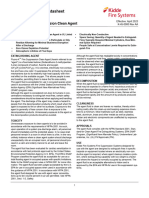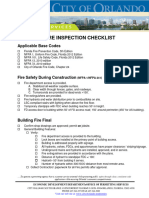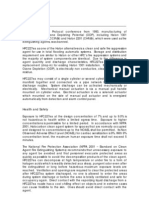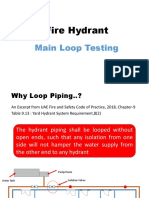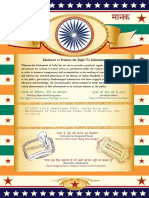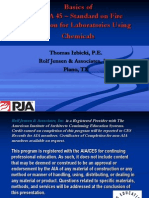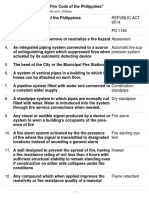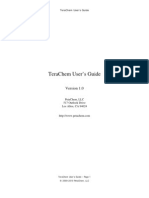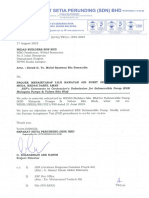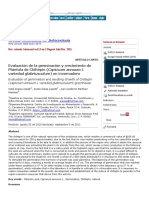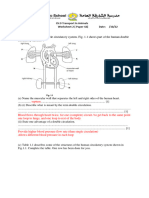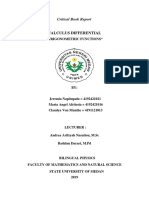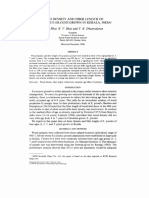0% found this document useful (0 votes)
130 views6 pagesFire Code
Gluck
Uploaded by
qlalboongalingCopyright
© © All Rights Reserved
We take content rights seriously. If you suspect this is your content, claim it here.
Available Formats
Download as PDF, TXT or read online on Scribd
0% found this document useful (0 votes)
130 views6 pagesFire Code
Gluck
Uploaded by
qlalboongalingCopyright
© © All Rights Reserved
We take content rights seriously. If you suspect this is your content, claim it here.
Available Formats
Download as PDF, TXT or read online on Scribd
/ 6









